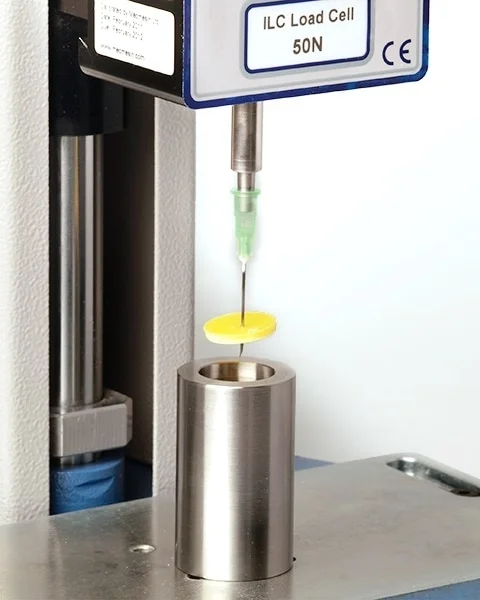Summary
The importance of reliability and quality of medical devices cannot be over-estimated, as the lives, safety, and well-being of patients are at great risk and the industry is closely regulated. Therefore, medical devices are an area of well-established scrutiny and standards.
Suppliers and manufacturers alike have to be very careful, because harm born from unexpected circumstances can result in legal action against manufacturers, suppliers, clinicians, and users.
It is estimated that the world’s vast medical devices industry will reach $398 billion annually by the year 20171. This extensive industry includes basic mass-produced components, new materials development, and highly advanced one-off products. However, for everyone concerned, a major part of the quality assurance (QA) testing process depends on pulling, pushing, and twisting.
Analysis
I knew that approval for medical devices was a long and thorough process, but I didn’t realize to what degree they take things to. There are many factors and things that go into approval as well as the tests, but they really spell things out in simple terms for anyone to understand by saying everything has to pass a pull, push, and twisting. My questions is with all of these tests are there higher standards or different facets that have to be increased for military supply. Should devices be lighter, more durable, more user-friendly? These things would totally change the way we not only design medical devices, but military-based medical devices. I wonder what are the things that matter most to military member. If only medical personnel are using devices that it may not be extreme, but if anyone in a battalion has to use a device is it user-friendly to somewhat with the bare minimum of medical training and procedure? These are questions that have helped frame my research and continue to help me observe and diagnose problems and eventually formulate solutions.




